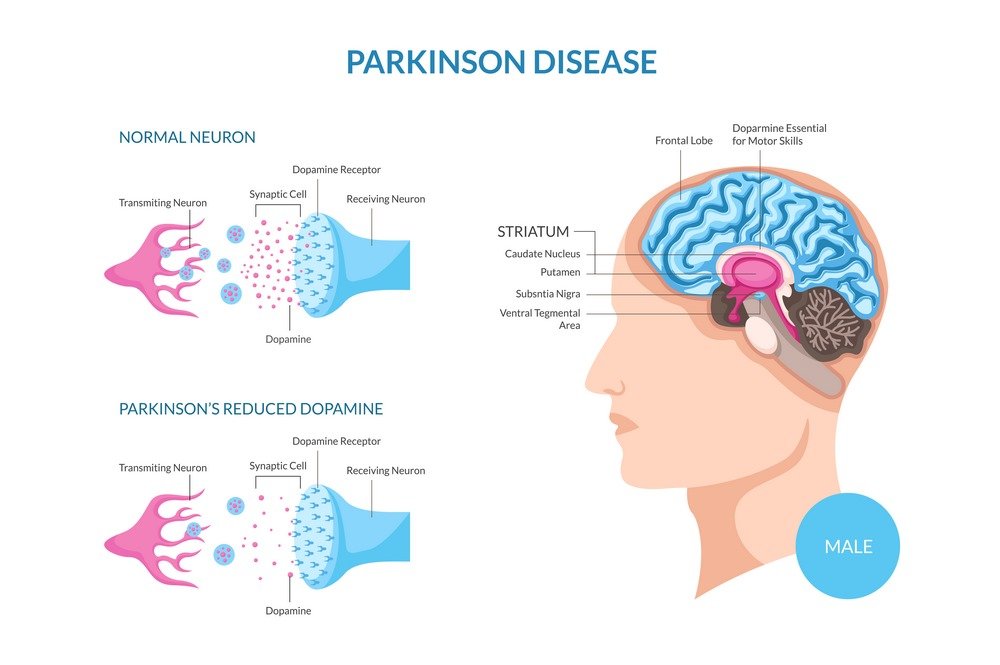Dopamine transporter (DaT) scan

A dopamine transporter (DaT) scan is an imaging scan that uses minute amounts of a radioactive substance to aid in determining how much dopamine is present in a person’s brain. Doctors use a SPECT scanner to measure the quantity and location of the radioactive drug in the brain. It is safe to use DaT scan because food and drug administration (FDA) approves the use of DaT scanning for the diagnosis of Parkinson’s disease. Although a DaT scan does not solely give the diagnosis for Parkinson’s disease but it helps the practitioners to confirm the diagnosis. A negative result of DaT scan does not mean that a person is not having Parkinson’s disease but a positive DaT scan helps in the confirmation of Parkinson’s disease.
There are other neurological disorders that cause loss of dopamine in the brain so it becomes difficult to get the exact diagnosis of Parkinson’s disease. A problem with a positive DaT scan is that it cannot distinguish Parkinson’s disease from other types of parkinsonism like progressive supranuclear palsy (PSP) and multiple system atrophy (MSA), that also cause lower levels of dopamine in the brain. However, a positive DaT scan result can differentiate Parkinson’s disease from essential tremor (ET) because there is no deficiency of dopamine in the later.
